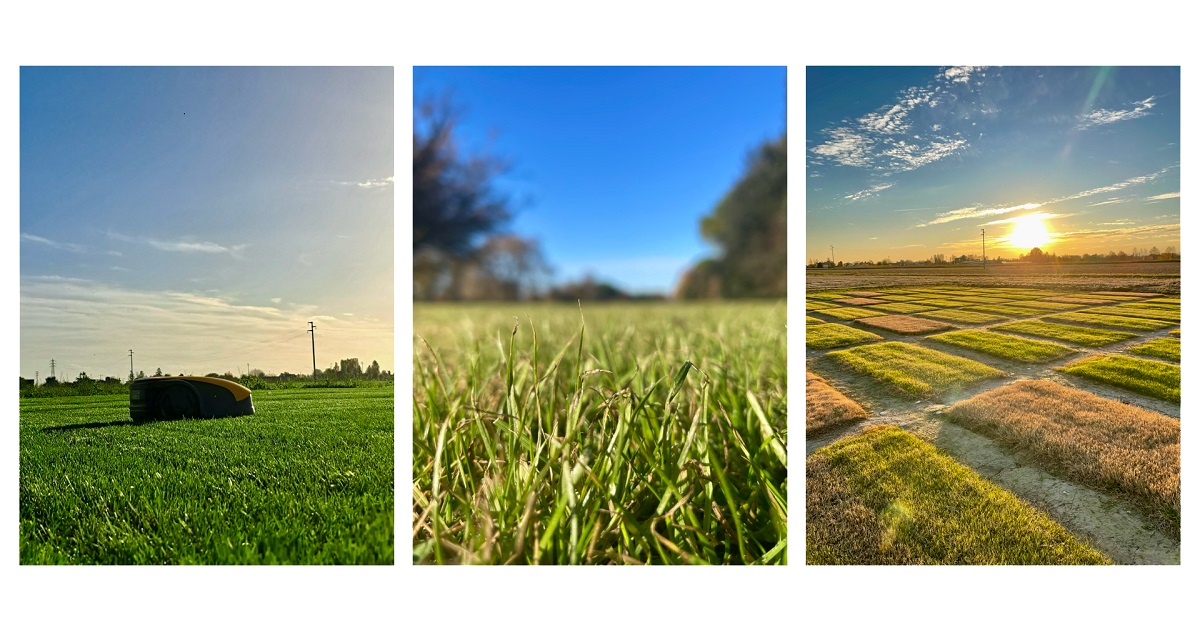Innovations in Turfgrass Management for Enhanced Sustainability and Conservation
A special issue of Grasses (ISSN 2813-3463).
Deadline for manuscript submissions: 31 January 2026 | Viewed by 837

Special Issue Editors
Interests: turfgrass management; forage crops
Special Issues, Collections and Topics in MDPI journals
Interests: turfgrass management
Special Issues, Collections and Topics in MDPI journals
Interests: grassland management; meadows; pastures; turfgrasses; forage crops
Special Issues, Collections and Topics in MDPI journals
Special Issue Information
Dear Colleagues,
The management of turfgrass is undergoing significant changes aimed at increasing environmental sustainability. To assess turfgrass sustainability, we must consider its diverse roles across different types, including its uses in sports, ornamentation, and recreational spaces. Each category presents unique demands and environmental impacts, necessitating a comprehensive approach. The management of turfgrass must also address the challenges posed by climate change, necessitating a shift in cultural practices from those traditionally used.
Researchers are encouraged to respond to the growing need to limit turfgrass's environmental impact. The upcoming advancements will mainly involve water conservation, precision agriculture, organic fertilizers, integrated pest management, biological weed control, and promoting biodiversity in turf ecosystems.
This Special Issue will provide an overview of the most relevant applied turfgrass studies, which focus on developing and spreading sustainable practices for maintaining healthy and attractive turfgrass while minimizing environmental damage.
You may choose our Joint Special Issue in Agronomy.
Dr. Stefano Macolino
Dr. Jason Kruse
Dr. Cristina Pornaro
Guest Editors
Manuscript Submission Information
Manuscripts should be submitted online at www.mdpi.com by registering and logging in to this website. Once you are registered, click here to go to the submission form. Manuscripts can be submitted until the deadline. All submissions that pass pre-check are peer-reviewed. Accepted papers will be published continuously in the journal (as soon as accepted) and will be listed together on the special issue website. Research articles, review articles as well as short communications are invited. For planned papers, a title and short abstract (about 100 words) can be sent to the Editorial Office for announcement on this website.
Submitted manuscripts should not have been published previously, nor be under consideration for publication elsewhere (except conference proceedings papers). All manuscripts are thoroughly refereed through a single-blind peer-review process. A guide for authors and other relevant information for submission of manuscripts is available on the Instructions for Authors page. Grasses is an international peer-reviewed open access quarterly journal published by MDPI.
Please visit the Instructions for Authors page before submitting a manuscript. The Article Processing Charge (APC) for publication in this open access journal is 1000 CHF (Swiss Francs). Submitted papers should be well formatted and use good English. Authors may use MDPI's English editing service prior to publication or during author revisions.
Keywords
- turfgrass
- forage crop
- water conservation
- management
- integrated pest management
- environmental stress
Benefits of Publishing in a Special Issue
- Ease of navigation: Grouping papers by topic helps scholars navigate broad scope journals more efficiently.
- Greater discoverability: Special Issues support the reach and impact of scientific research. Articles in Special Issues are more discoverable and cited more frequently.
- Expansion of research network: Special Issues facilitate connections among authors, fostering scientific collaborations.
- External promotion: Articles in Special Issues are often promoted through the journal's social media, increasing their visibility.
- Reprint: MDPI Books provides the opportunity to republish successful Special Issues in book format, both online and in print.
Further information on MDPI's Special Issue policies can be found here.






